Exploring Tuscany’s Hidden Wine Region and a New Elegant Retreat
Traveling through the picturesque Montepulciano countryside in a Fiat Punto, a favorite mode of transport in Tuscany, I am struck by the vibrant greenery that demands I squint against its brightness. Every twist in the road reveals another breathtaking view: an ancient ruin nestled in an olive grove, a neoclassical villa crowned with a cupola, and a vineyard boasting rows that appear meticulously arranged. The timeless beauty of this region has captivated visitors for generations, drawing those in search of authentic experiences since the days of the Grand Tour.
My journey leads me to the charming area south of Siena, where I am eager to explore the newly opened Poggio alla Sala, a magnificent ochre villa dating back to the 1800s. Set on a gentle rise near the Umbrian border, the restored villa overlooks a valley that bears witness to Roman history. The interiors are adorned with vibrant plant life, filling the space with an inviting vibrancy. The combination of a cozy winter garden, elegant lounge, and vaulted dining room features intricate frescoed ceilings that have been carefully restored to their original splendor. The view from the foyer extends straight through the rear doors to the former winery, establishing a significant connection to the property’s rich history. The guest rooms, located above and in previously used orangery and stables, feature luxurious mosaic-tile bathrooms and impressive windows that frame the stunning vineyard landscape.
Visitors to Poggio alla Sala can indulge in three pools surrounded by cypress trees and comfortable loungers, perfect for relaxation. The resort serves as a gateway to the best of Tuscany, with the winding roads of Val d’Orcia just outside its doors, leading to the century-old gardens of La Foce, associated with a dreamy yellow manor. Just a little further on, in Montepulciano, guests can treat themselves to Tuscany’s renowned Chianina beef at La Toraia, a dining experience set against the backdrop of grazing cattle.
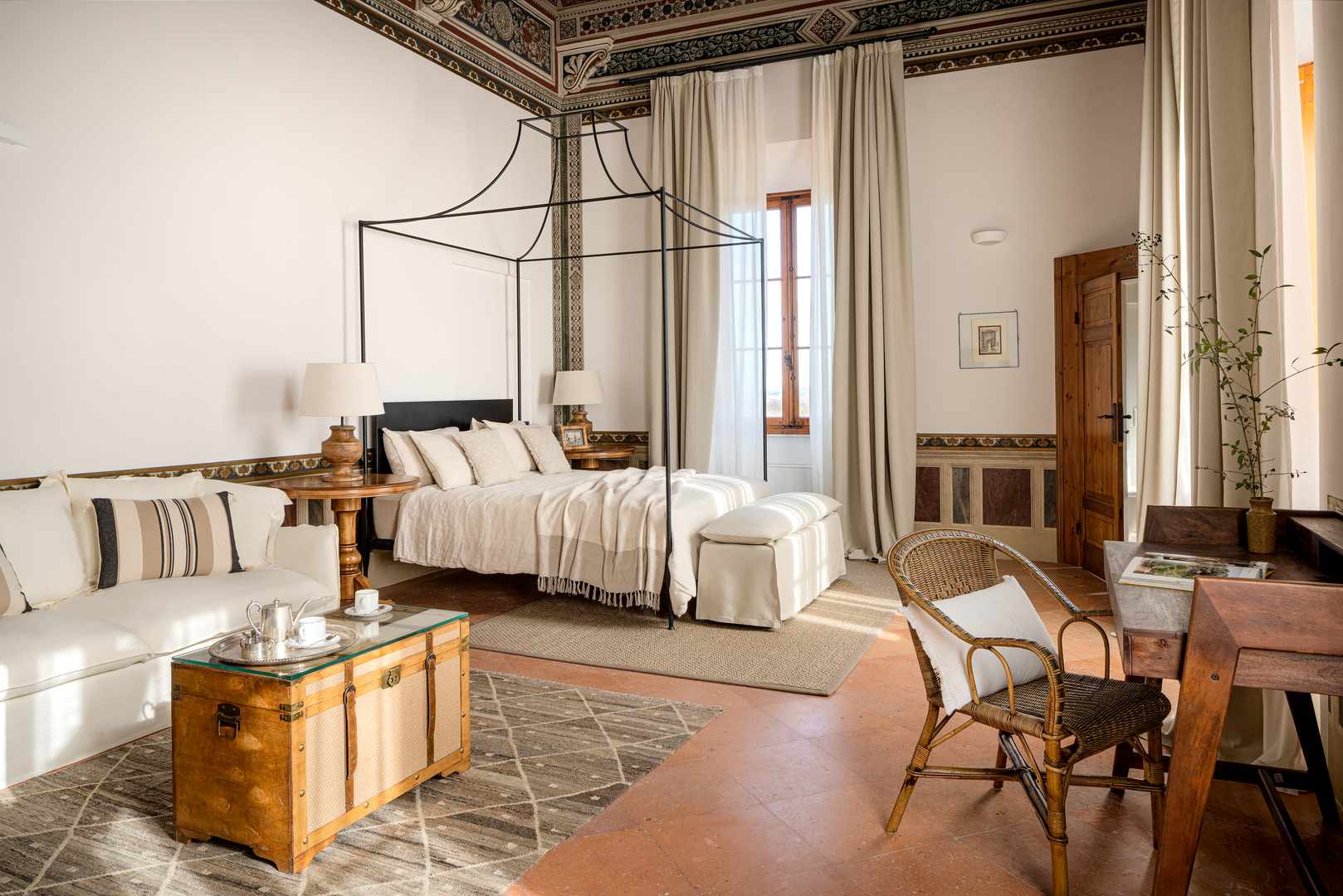
Even in the cooler months, Poggio alla Sala entices visitors with its historic wine cellar, where complimentary tastings are offered twice a week. While Montepulciano wines may lack the global recognition of Chianti or Brunello di Montalcino, they hold a treasured place in the hearts of local vintners. The region, with its mineral-rich terroir, offers a unique selection of wines that many consider a near-religious experience to savor. For those who have long enjoyed robust reds, the wines of Montepulciano promise a compelling journey of taste, featuring bold tannins and rich flavors.
Historically, the finest wines from Montepulciano were referred to as vino nobili and crafted from the native prugnolo gentile grape. These wines were once the exclusive offerings for clerics and royalty, serving as a form of currency in dealings with Florence’s aristocrats. Today’s winemakers are embarked on an exciting new era in the history of vino nobile, which brings me to the additional motive for my visit.
This year, the local consortium unveiled a new classification of premium nobiles titled pieve, intended to highlight the distinct terroir of the area. By revising the region’s boundaries to reflect 12 historical pievi, or parishes, and inviting winemakers to create small batches that exclusively represent their unique soil and climate, they have established an elevated standard for quality. Each pieve must contain no less than 85 percent prugnolo gentile, surpassing the usual requirement of 75 percent for standard nobiles.
The first bottles of this innovative classification became available this winter, allowing wine enthusiasts to experience the diversity of Montepulciano through these new offerings, including the first Pieve Sant’Albino, set to debut at Poggio alla Sala this autumn.
As winemaker Marco Castignani describes, “This marks a renaissance for our wine. For the first time, we can accurately pinpoint the taste profiles that emerge from our varied terroirs.” Due to the limited production of these bottles, they will be available exclusively for tasting on-site, enhancing the experience of visitors.
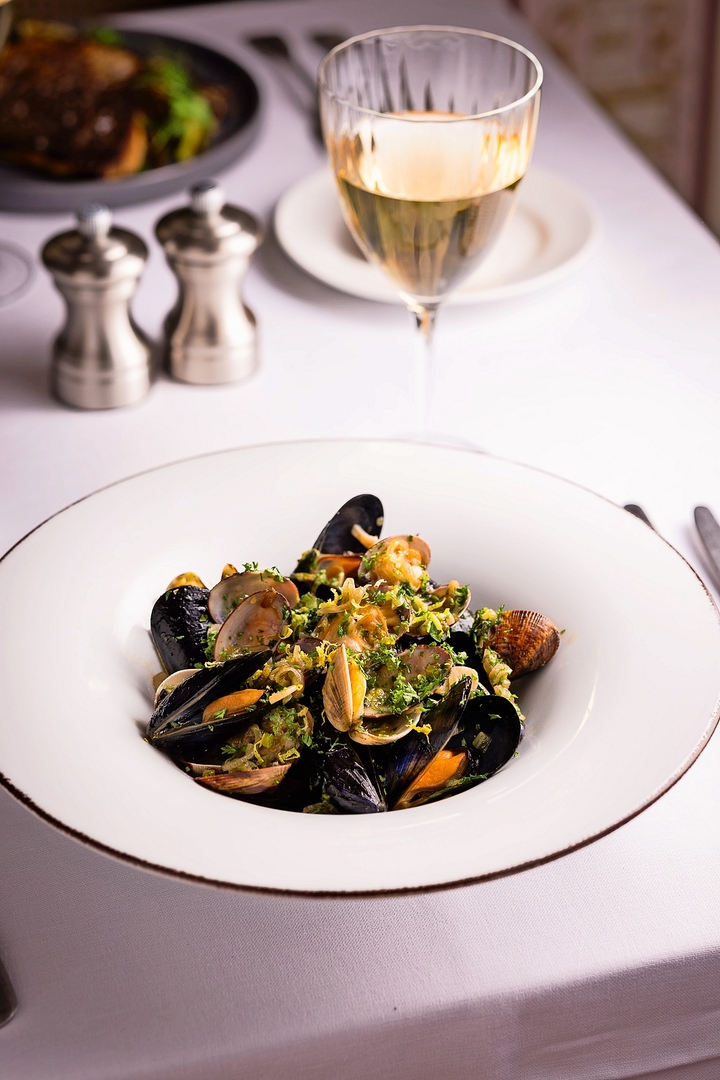
Castignani’s estate, Fattoria del Cerro, nestles along one of the region’s most stunning routes, a scenic winding road originally marked by the Etruscans near Montepulciano. With infectious enthusiasm, he shows me around the Cerro vineyards in his Fiat, guiding me from the hilltop villa hotel to the 600 hectares of land enveloped by olive groves and fruit orchards. Historically, this land was forested until noble families donated these woods to the church, paving the way for farming. Today, Cerro’s new winery is producing over a million bottles of Montepulciano reds each year. This August, Castignani will release 3,000 bottles of Pieve Sant’Ilario, showcasing the region’s distinctive silty, calcium-rich soils. Other local wineries are also set to unveil their pieves, but during my visit in the spring, these coveted bottles were still in short supply.
This fresh initiative returns to the roots of winemaking, intimately connecting it to the abiding traditions of the land and its people. As Castignani notes, “The first historical mention of wine in this area dates back to 1377. Accounts tell of wine shipped between pievi, a testament to their enduring links.” In Montepulciano, the cultural practice surrounding wine appreciation is markedly different from other regions—where young children might share in a bottle during meals, here, it is customary to introduce wine to infants during baptism ceremonies.
To fully appreciate the nuances of the pieve wines, a discerning palate is advantageous. Nevertheless, Cerro is aligning its future with the region’s evolving identity, planning to build a modern guesthouse and restore numerous traditional winemakers’ cottages. This vision seeks to guide visitors through Montepulciano via the new pieve map, allowing them to stay near the sources of the wines they love.
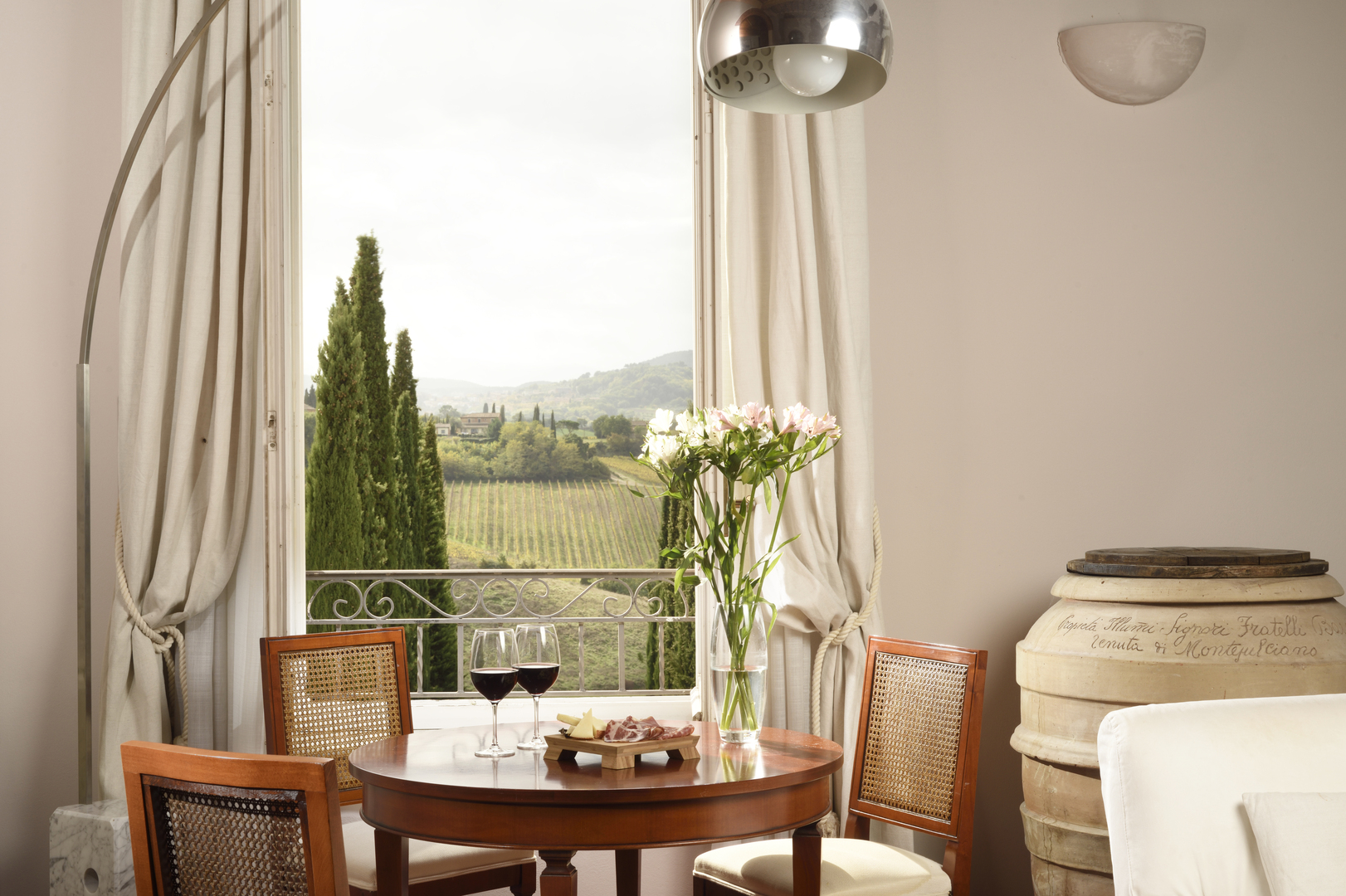
Updating outdated structures is vital in this cherished yet frequently visited destination, encouraging travelers to explore beyond the crowded hilltop town of Montepulciano itself. This stunning town, crafted from honeyed stucco, boasts a cobblestone square at its heart designed by an architect of the Medicis. On an early March afternoon, the steep streets are surprisingly serene, allowing me to enjoy views of the towering clock tower and the grand Madonna di San Biagio church without contending with throngs of tourists. Yet I recognize that the throngs can quickly dampen the atmosphere during peak summer months. By the time I arrive at Talosa, a 16th-century winery resting between two historic palaces, I feel justified in indulging in a glass of Nobile di Montepulciano Riserva in the intimate cellar. I savor it alongside a platter of bruschetta drizzled with Talosa olive oil, inhaling deeply the rich aromas of the locale.
On my final afternoon in the region, I nearly resigned myself to the fact that obtaining a bottle of the elusive pieve was unlikely this early in the season. However, while making my way towards a relaxed lunch in the old town of Torrita di Siena, I diverted my path to visit Vecchia Cantina di Montepulciano, a cooperative winery with a striking new shop. To my surprise, a promising outcome presented itself. After browsing the barrels and encountering the vinous treasures on the shelves, I mentioned my quest for pieve, prompting a phone call that summoned a manager, Tiziana Mazzetti. Breathlessly, she arrived, clutching a bottle of Pieve Cervognano by Redi from an 18-year-old vineyard just three miles east.
At a sunlit table bathed in natural light, Mazzetti expertly pours me a sample, and I eagerly enjoy the taste. I am struck by how smoothly it dances across the palate, leaving a delicate fruity sensation. In contrast to the sharper notes of the traditional nobile she presents, this wine feels like rich, red velvet. “Some wines, like this one, possess elegance and softness,” she explains, offering me a slice of pecorino from Pienza. “Others carry a more substantial presence, but it’s not just about age; it’s about the interplay of soil and history.”
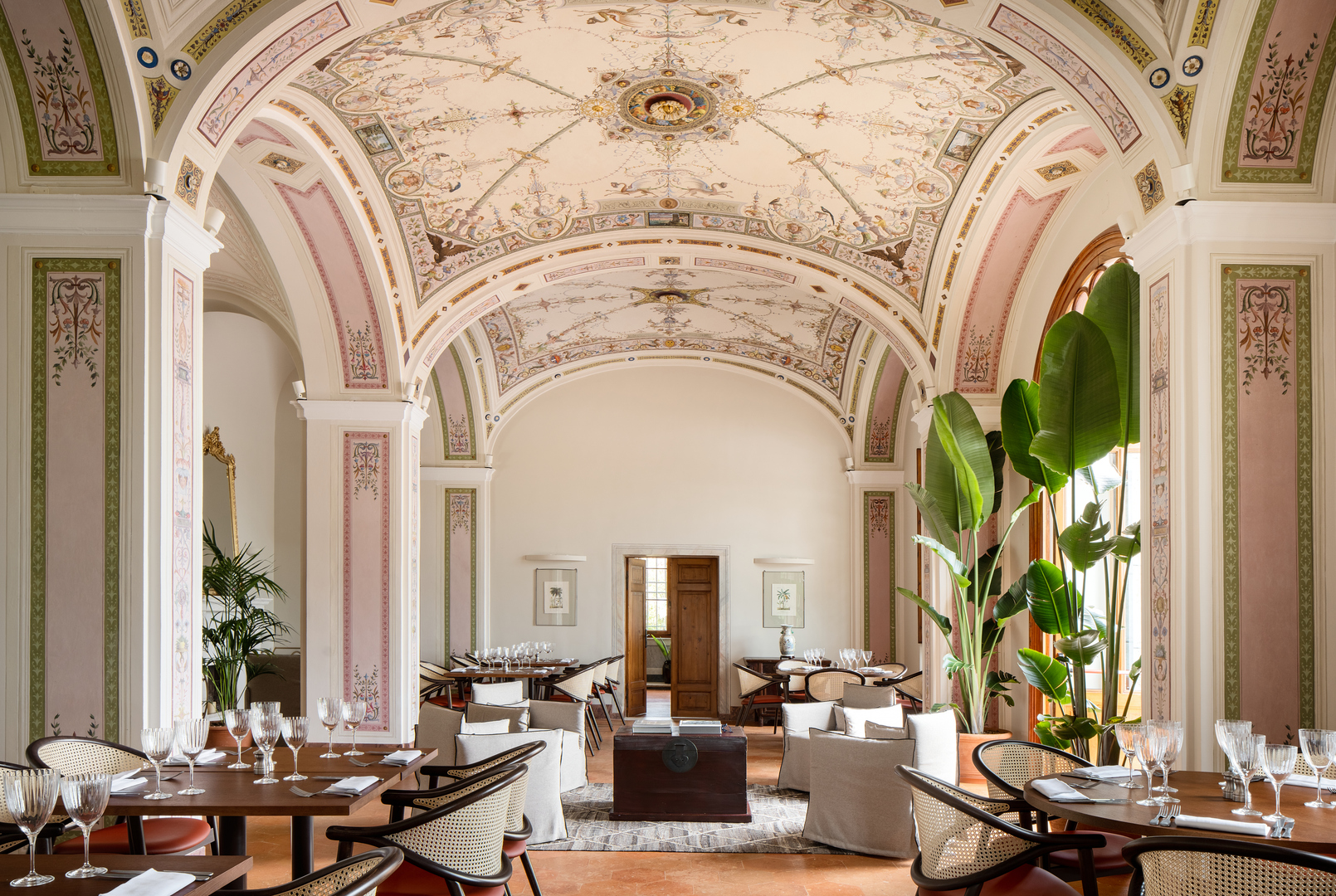
I find I can detect the subtle differences in these wines, a testament to the depth of the tasting experience. As a wine lover, I believe this enchanting region merits a renewed exploration beyond the familiar confines of Chianti.
“Vino nobile has lacked a distinctive identity,” Mazzetti shares. “But in our unique terroir, the existence of 12 different soils tells 12 different stories. What was once our limitation has transformed into our greatest strength.”
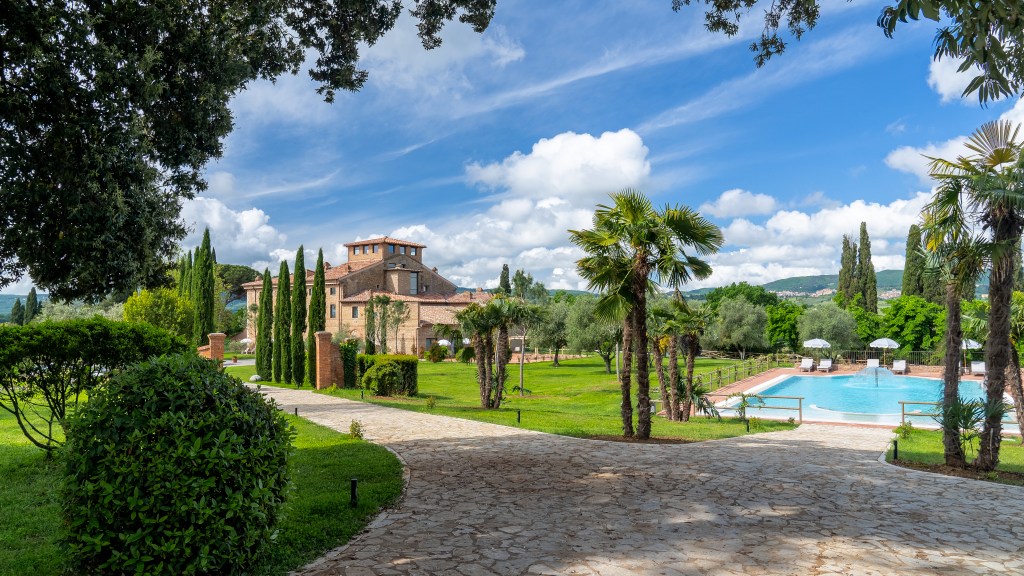

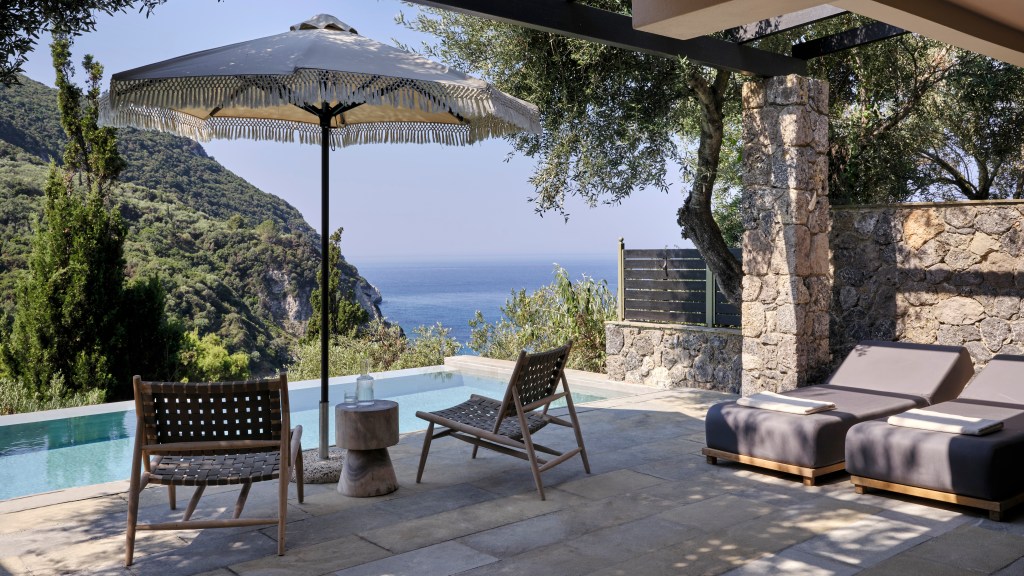
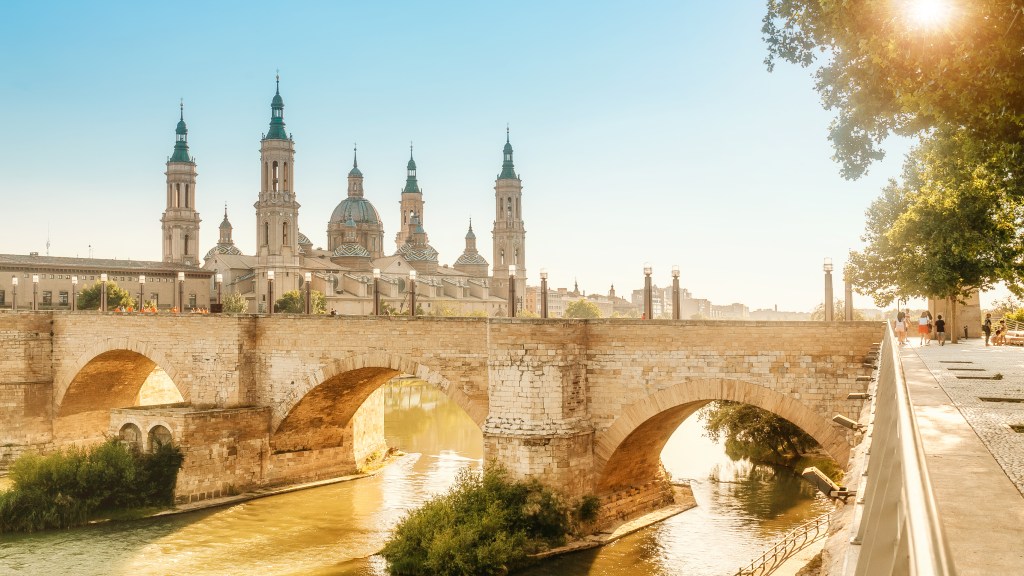
Post Comment